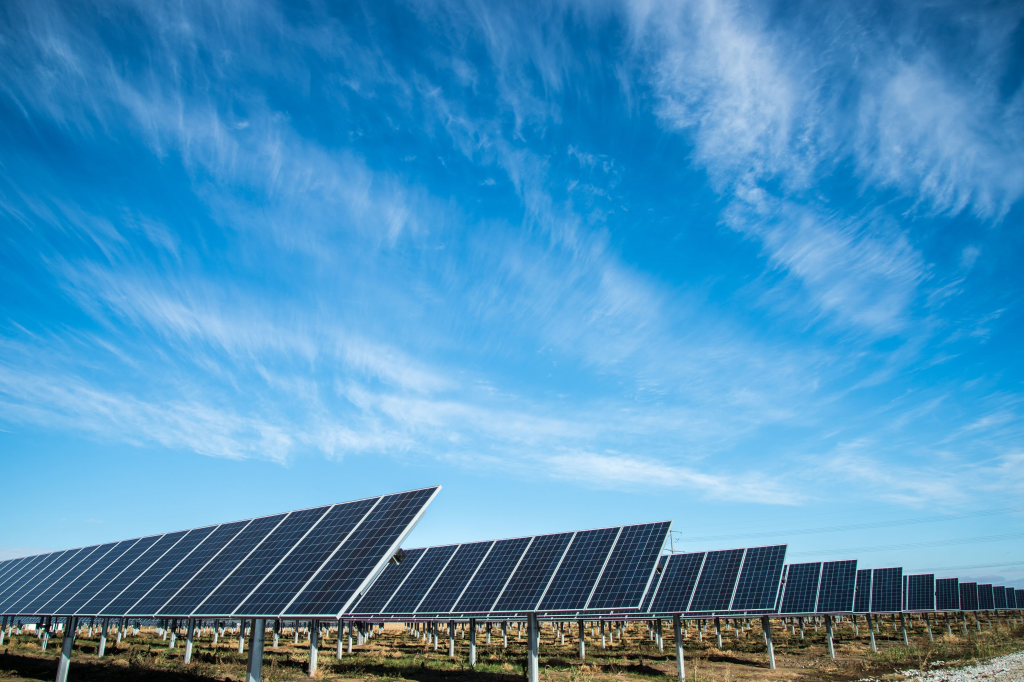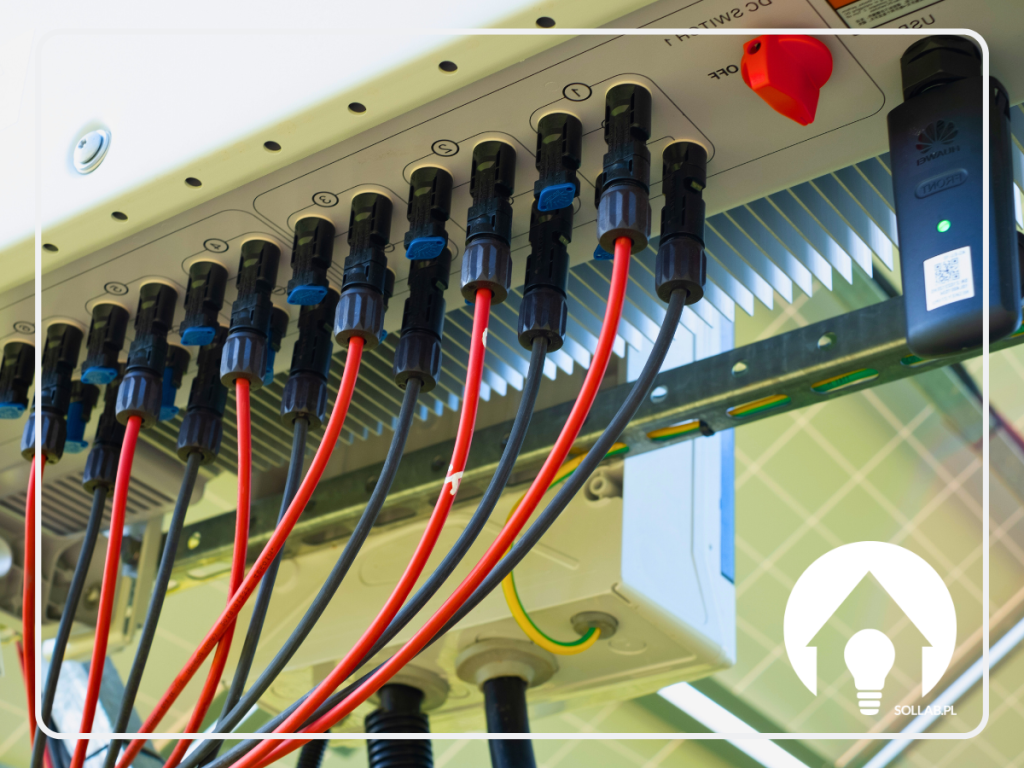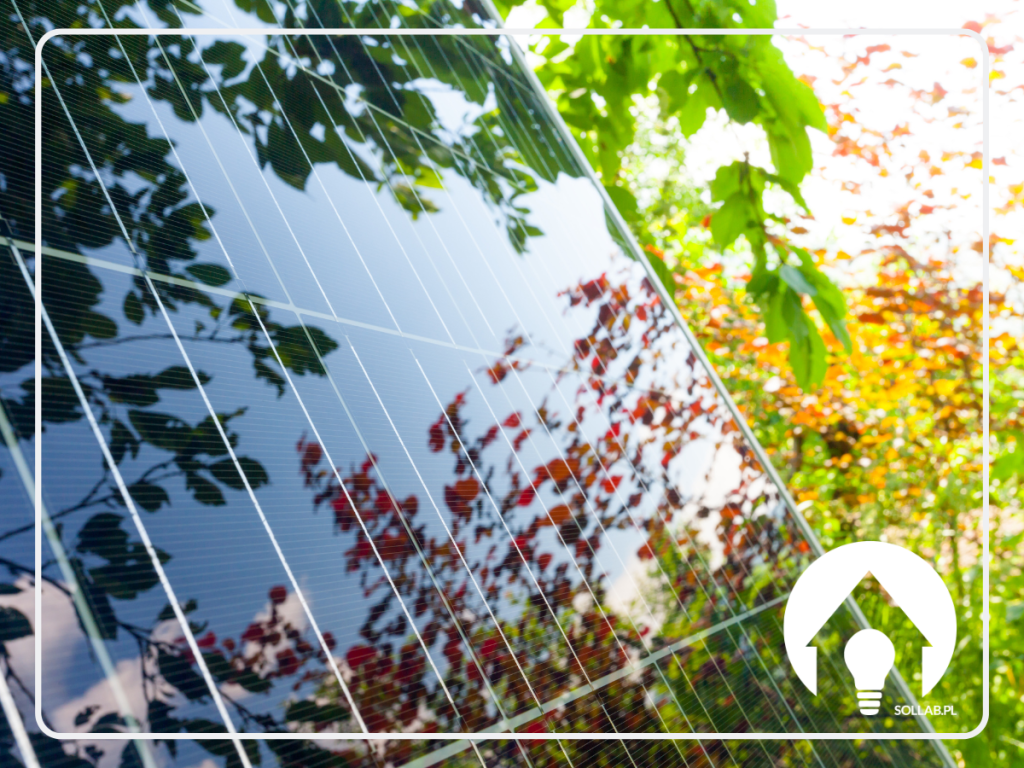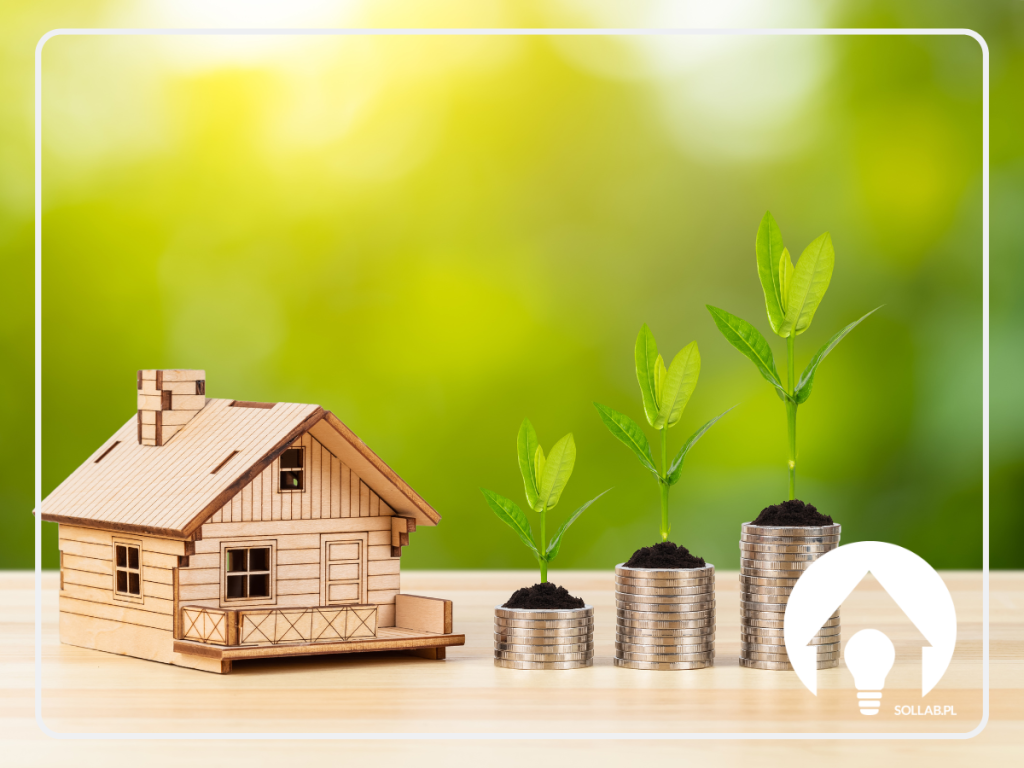Photovoltaics is the process of generating electricity from solar radiation.
The development of photovoltaics is progressing rapidly worldwide. The sun - or rather the energy from its radiation - is the third largest source of renewable energy on the planet. The sun's energy can be used to power small portable devices, as well as for space heating, generating lighting and heating water in residential buildings. Everyone can benefit from photovoltaics - to power essentially all their household appliances.
Electricity from the sun - an inexhaustible and environmentally friendly energy source.
Photovoltaic panels are an ideal alternative to traditional sources of electricity.
Progressive degradation of the environment and constantly rising electricity prices have resulted in an exponential increase in the installation of photovoltaic panels in households.
Getting electricity from the sun is a process that takes place in stages.

How does photovoltaics work?
A photovoltaic system consists primarily of photovoltaic cells, which are combined to form photovoltaic modules in order to produce more energy. In simple terms, in photovoltaic cells a phenomenon occurs by which energy from the sun is converted into direct current. Photovoltaic cells are systems made of semiconductor materials that conduct electricity when exposed to external factors such as temperature or solar radiation. The most commonly used semiconductor in the manufacture of cells is silicon.
The current generated in the photovoltaic modules is transferred to an inverter, which converts it into alternating current (AC), which we use every day by drawing it from the socket.
It is often the case that the energy generated by our photovoltaic installation will be too much for our current needs.
The excess energy is then transferred to the power grid and we can take back the 80% energy we have produced.
















